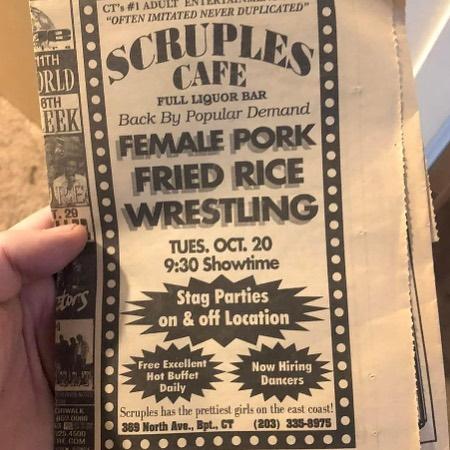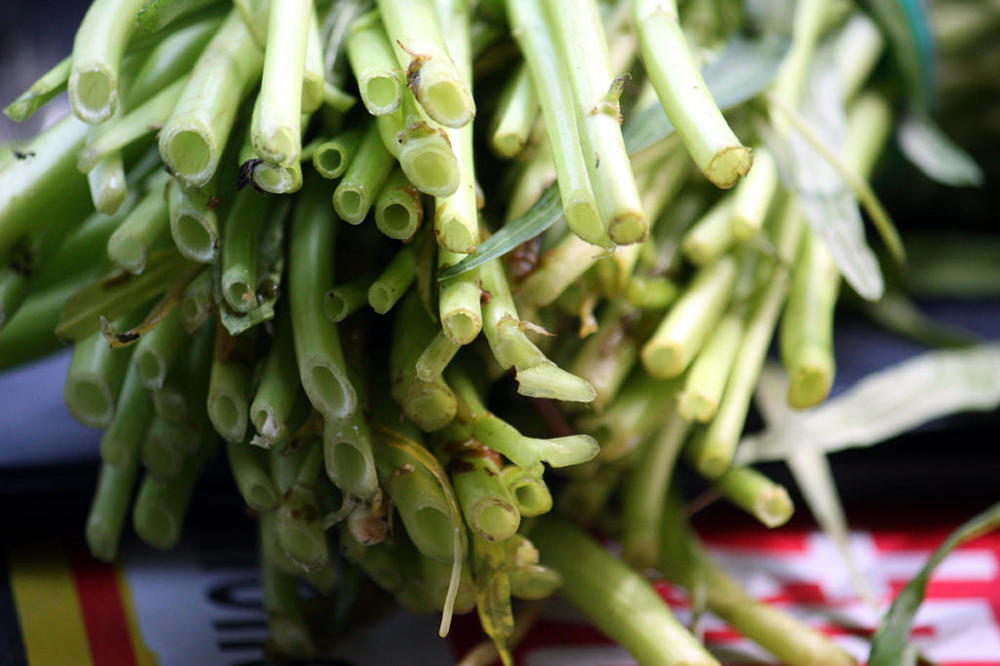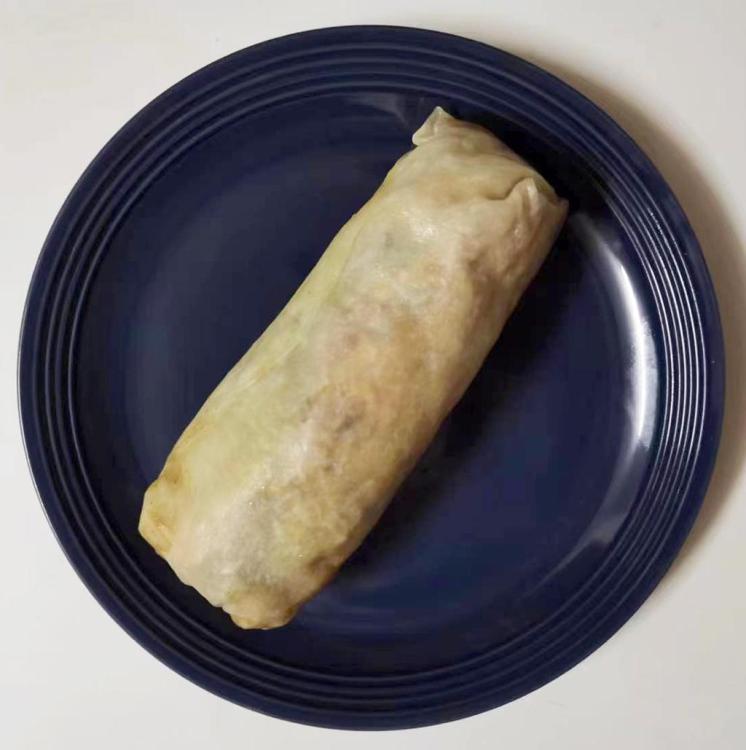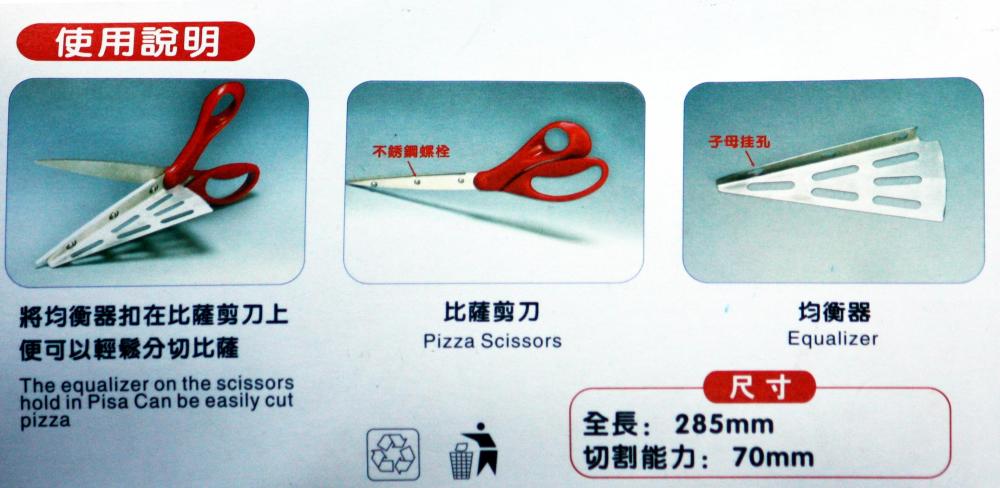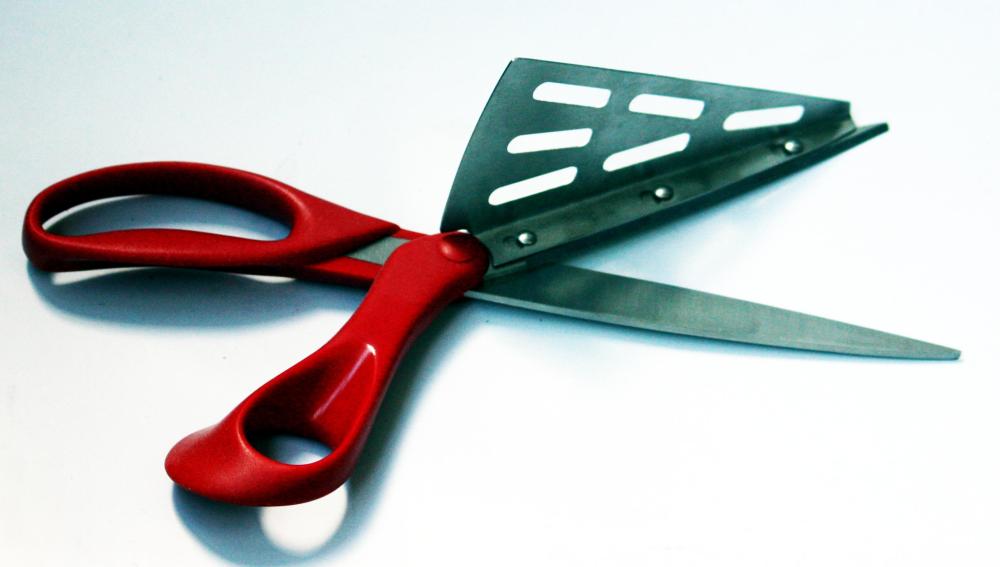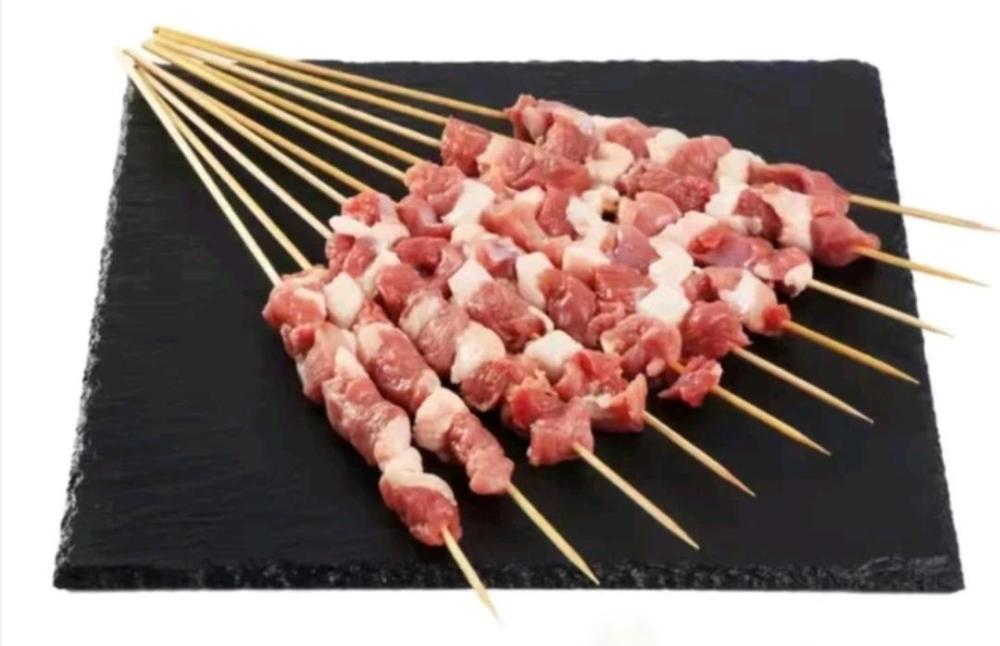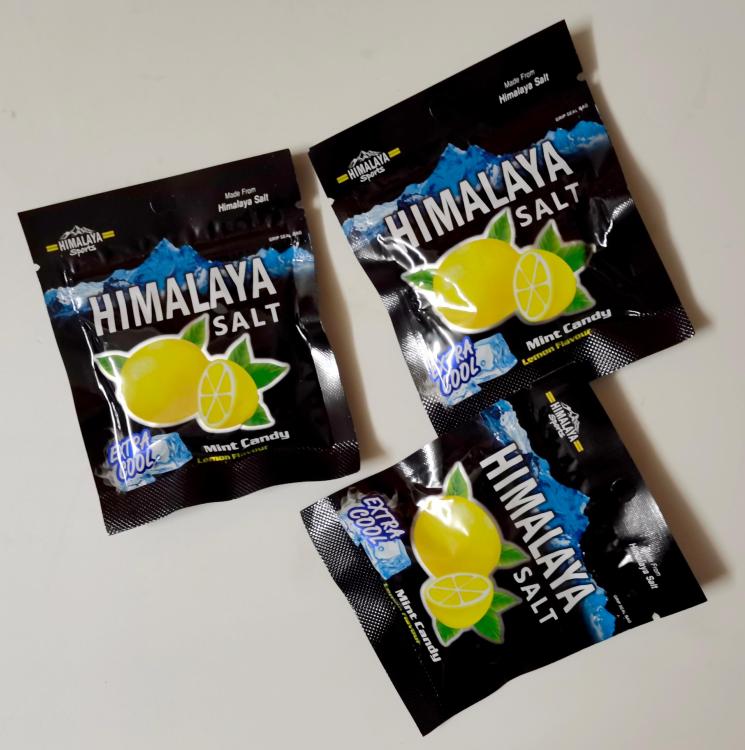-
Posts
16,674 -
Joined
-
Last visited
Content Type
Profiles
Forums
Store
Help Articles
Everything posted by liuzhou
-
Water spinach is illegal to grow or sell in most US states as, if not carefully controlled, it can become invasive. Story (podcast and transcript) here (NPR).
-
Ha! I'm kind of bored with the stuff. It is the default greenery in every restaurant or canteen here. It was the only green vegetable offered in the hospital I was in this year. Everywhere, you hear people asking the wait staff "有什么青菜 (yǒu shén me qīng cài)?What greens do you have?" The answer always includes, and is often limited to "空心菜 (Mand: kōng xīn cài; Cant: hung1 sam1 coi3)." This has many names in both Chinese and English. water spinach, river spinach, morning glory, water morning glory, water convolvulus, Chinese spinach, Chinese Watercress, Chinese convolvulus, swamp cabbage, ong choy or kangkong. In Mandarin Chinese, besides 空心菜 (kōng xīn cài), it is 通菜 (tōng cài), 通心菜 (tōng xīn cài), 壅菜 (yōng cài), 瓮菜 (wèng cài), 应菜 (yìng cài), 藤菜 (téng cài), 瓮菜及葛菜 (wèng cài jí gé cài), among others. The most popular name, 空心菜 (Mand: kōng xīn cài) literally translates as 'hollow (or empty) heart vegetable' referring to its hollow stems. There is also a white variety, grown under restricted light à la white asparagus, though that is rarer. Maybe I'll give it a try again - it's been a while.
-
It can be hard for me to source lamb / mutton / goat here in south China, although it is very popular in the north and west. The southerners complain about the smell. Pity for me as I love it.
-
The only real difference in the second burrito was that the chicken was cut into larger cubes and the sauce lacked the Sichuan flavours. But it was good, too.
-
-
... and you've just returned from Indonesia! Did you forget to restock when you were there or did your sick spell preclude that?
-
Here is an oddity. Being dependent on delivery meals for a while, I’m constantly searching 美团 (měi tuán, China’s leading delivery app) for something tasty and interesting enough to perk up my battered appetite. Although most of what is available is of a high standard, it can get repetitive. To my surprise, I found a restaurant reasonably close to me offering a selection of 墨西哥卷饼 (mò xī gē juǎn bǐng). 墨西哥 (mò xī gē) is Mexico and 卷饼 (juǎn bǐng) is how they have decided to translate burrito. Literally, it means ‘rolled cake’. Now, what I know about Mexican food could be written on a perforation hole of a postage stamp, and I’ve never eaten a burrito, so I have no idea how authentically Mexican these may be, although they look to me like images Mr. Google supplies. Having no idea how large they are from the image supplied by the vendor, I order two. First, a 鸡胸里脊卷饼 (jī xiōng lǐ ji juǎn bǐng) or Chicken Breast Tenderloin Burrito. And second, out of curiosity, a 川香无骨鸡卷饼 (chuān xiāng wú gǔ jī juǎn bǐng), a Sichuan Flavour Boneless Chicken Burrito. A Chinese burrito no less. So, the first time I eat Mexican food, it’s Chinese! On arrival, well wrapped in a heat retentive, insulated foil bag, they appear identical. Even sniffing them offers no clue. The tight wrap of the tortilla hermetically encloses all evidence. So, I choose at random. I can’t really show you the interior without destroying my dinner. Here’s the best I could manage. Right at the first bite, I know. The distinct heat and abundance of chillies is accompanied by the numbing sensation of Sichuan peppercorns. The chicken has been shredded and combined with a mixed salad in a delicious Sichuan 麻辣 (má là) dressing. I don’t know if Mexico has these, but they should. The whole thing is huge and very filling. So I slip the other one into the fridge for later. I’ll get back to you on that.
-
I have eaten (a little of) it. Not all the fat is rendered and the sauce isn't particularly greasy. In fact, I quite liked it. If you really want to replicate the dish, get the fattiest belly you can find. Chinese pigs are raised to be fatter than those in the west.
-
But what constitutes 'correctly' is a matter of opinion. I wouldn't dare tell the Chinese they are cooking their Dongpo pork incorrectly. They've been doing it their way for over 1000 years.
-
It's not fat per se that I dislike. I don't mind it at all if it is cooked to crispiness. However, here, it is often still gelatinous and the texture is, to me, unpleasant. I regularly eat grilled mutton skewers from Xinjiang where the cubes of flesh alternate with cubes of fat from the animal's tail. The fat is nicely crisp and an interesting contrast to the flesh.
-
I'm not too keen on pork belly either, which is a bit inconvenient here as it is considered the prime cut here. Too much fat for me. It always amuses me in the supermarket when I see the grannies fight over the bits of pork that most westerners would shun. It is called 五花肉 (wǔ huā ròu) which means 'five flower meat' as the best is said to have five layers- meat, fat, meat, fat, skin. 東坡肉 (dōng pō ròu), Dongpo Pork is a very popular dish from Zhejiang Province near Shanghai. It is basically cubes of pork belly braised in Shaoxing wine. The pork is about 90% fat. I don't go there. Dongpo Pork
-
Oh I know what it is. I've eaten it many times. 夫妻肺片 (fū qī fèi piàn).
-
Just as I am getting utterly sick of eating only delivery meals and vowing never to touch another*, I strike gold and my faith in humanity is restored. Tonight I found a new (to me) Sichuan place and ordered some 宫保鸡丁 (gōng bǎo jī dīng, literally 'palace defense chicken cubes') known everywhere except China as Kung-po (or Kung-pao chicken). This contained the statutory chicken and peanuts as well as dried 朝天椒 (cháo tiān jiāo, 'pointing to heaven chillies'), 花椒 (huā jiāo Sichuan peppercorns), and cucumber. The contrasting flavours and textures were spot on. I'm now studying their menu to see what else I can look forward to, perhaps 'husband and wife lung slices'. * Not that I have any choice with a broken back!
-
Found these today. 黄皮 (huáng pí, literally 'yellow skin') Wampee, Clausena lansium. This fruit is native to SE Asia, especially southern China,Vietnam, Malaysia and Indonesia. It is very popular in Hong Kong, where it picked up its English name from the Cantonese pronunciation, wong4 pei4*2. Wampee is the fruit of a smallish tree (no more than 20 metres tall). The fruit is about the size of a large grape and up to 50% consists of seeds. The seeds are said by some sources to be edible; others say to discard them. I tend to eat the small ones but not the larger. Wikipedia claims that the skin is edible but people in China and Vietnam seldom eat any fruit's skin. The flavour is initially sweet, but in the aftertaste sourness predominates. They kind of remind me of slightly sweeter gooseberries. These are often confused with the similar looking and related chicken skin fruit, Clausena anisum-olens (Blanco) Merrill which I mentioned here a whole nine years ago. Both are good. In the southern U.S. the term 'wampee' is sometimes used to refer to pickerel-weed. There is no connection.
-
Not perhaps so much of a snack, but I'm eating them now. Something to sweeten the swallow. Himalayan salt mint candy - lemon flavour. Small candies (18 mm diameter) for the sucking of. Actually rather pleasant, the lemon and salt contrasting nciely. Can't taste mint, though. Despite all the English, the packaging says they are made in Malaysia exclusively for the China market.
-
So long as you use one hand to hold the stick and the other to cover your mouth.
-
请教紫苏跳跳蛙 (qǐng jiào zǐ sū tiào tiào wā); green chilli, perilla (shiso) jumping frog. With onion, scallion, garlic, lotus root. Rice. When you place your order you have to check a box to indicate if you want the utenil pack or not. You get one no matter what you select! It contains disposable chopsticks, a small spoon, a paper napkin and a toothpick. They're big on toothpicks round here.



